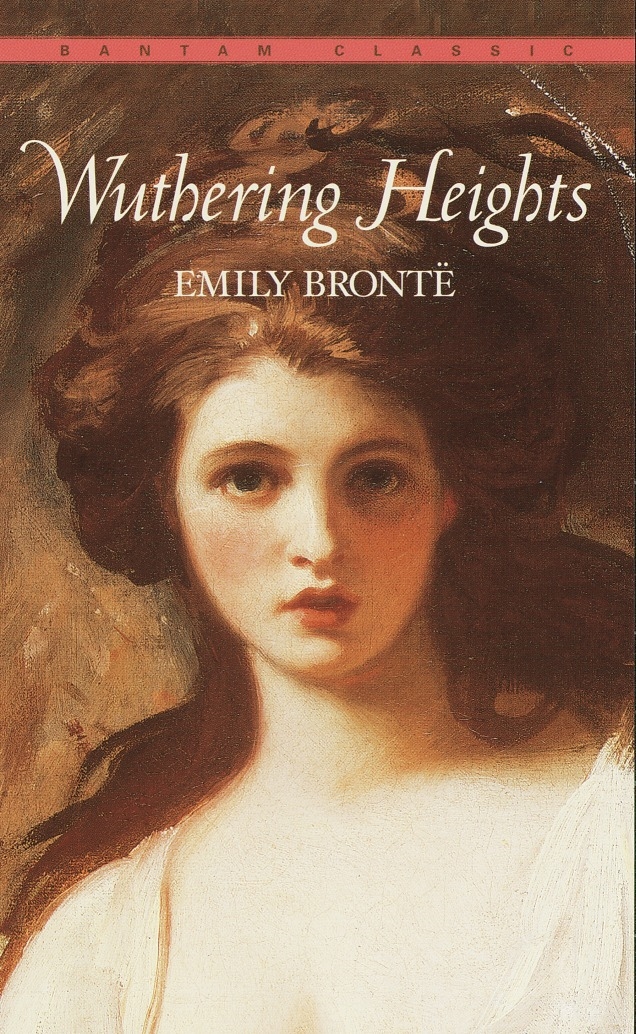


Emily Brontë’s *Wuthering Heights* (1847) stands as one of the most powerful and enigmatic novels in English literature. Known for its intense emotions, dark themes, and complex characters, the novel explores the destructive power of love and revenge.
The story unfolds on the Yorkshire moors and revolves around the passionate and doomed relationship between Heathcliff, a mysterious orphan, and Catherine Earnshaw, the headstrong daughter of his adoptive family. Their love is wild, obsessive, and ultimately destructive, affecting generations of families at Wuthering Heights and Thrushcross Grange.
One of the novel’s major themes is **the duality of love and hate**. Heathcliff and Catherine’s love is so intense that it borders on torment. When Catherine chooses social status over love by marrying Edgar Linton, Heathcliff descends into a path of revenge that ruins lives, including his own.
Another key theme is **nature versus civilization**. The moors symbolize raw emotion and freedom, while the structured world of Thrushcross Grange represents order and societal expectations. The characters’ inner turmoil is mirrored in the stormy landscape that surrounds them.
Emily Brontë’s narrative style—told through multiple narrators and framed stories—adds to the mystery and psychological depth of the novel. Her poetic language and haunting imagery contribute to its gothic atmosphere and emotional power.
*Wuthering Heights* is not a traditional love story. It is a tale of obsession, vengeance, and the eternal bond between two souls who cannot be together in life but remain intertwined in death. It challenges readers to question the nature of love, morality, and identity, and leaves a lasting impact with its raw, untamed energy.